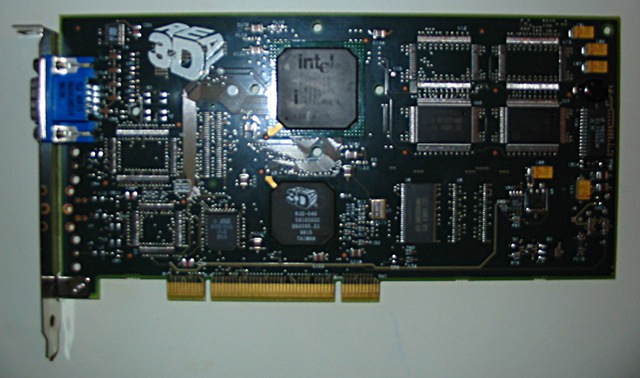Pippy P. Poopypants wrote:sliderider wrote:
How about i740. I heard that card doesn't use any AGP features, either. 😜
Funny thing too, the PCI versions of that card actually ended up being faster.
Yup, that's because, to promote AGP and it's features, Intel decided to pull one of it's typical stunts again. This time by having the i740 use the AGP memory bus for keeping the textures in regular memory. Even though the i740 has 8MB of onboard RAM, it's not even using all of it! It will always use the system RAM instead -_-
As the PCI card couldn't make use of the system RAM, it used it's own onboard RAM which of course is faster.
I never came across the PCI version of that card though
Pippy P. Poopypants wrote:
For a Socket 7 I probably wouldn't shoot for anything higher than a Voodoo3 or TNT2. The CPU alone is going to be quite a bottleneck.
Yup, definitely!
I'd install a V3 only so I don't have to use a separate 2D card and save a PCI slot that way 😜
